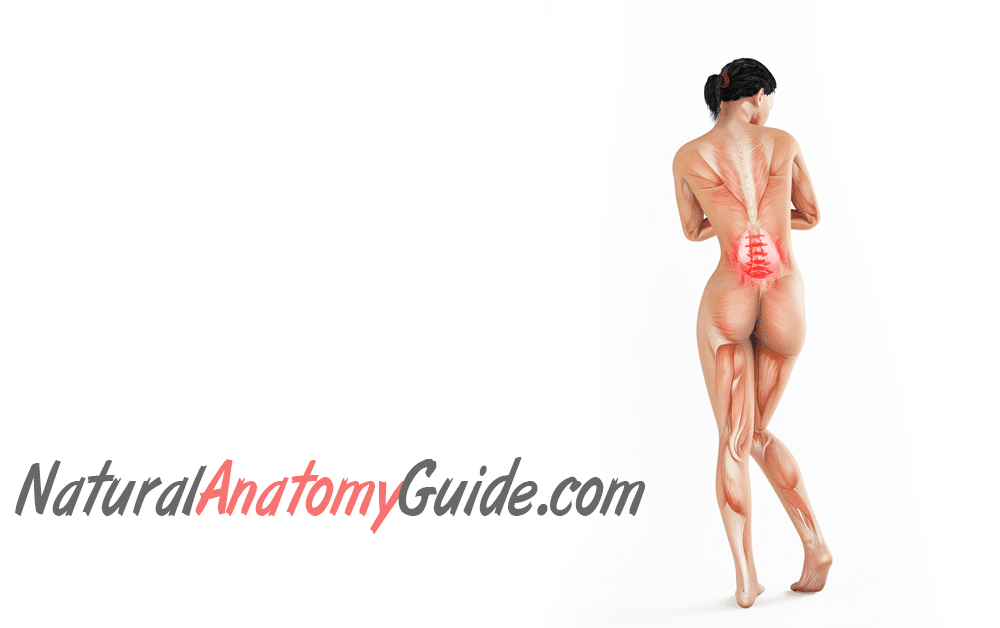

Introduction
Best Human Anatomy Books for Artists have been invaluable resources for those who want to deepen their understanding of the human form. With a solid grasp of anatomy, artists can elevate their skills, crafting lifelike figures that communicate movement, emotion, and depth. These books offer visual references and teach the fundamentals of human structure, muscles, and bones to give artists a comprehensive understanding of what lies beneath the skin.
For many artists, capturing accurate anatomy is challenging and requires dedication and study. Choosing the right anatomy book tailored to an artist’s needs can make a significant difference. It offers clarity and guidance on complex areas like musculature, proportions, and anatomical landmarks. A quality anatomy book simplifies these aspects, providing a visual and educational reference to empower an artist’s practice.
Best Human Anatomy Books for Artists are selected to offer diverse perspectives, ranging from traditional illustration guides to books that highlight dynamic poses and gestures. Whether you’re a beginner or a seasoned artist, each of these books provides unique insights and techniques to help you achieve the most realistic and expressive human forms possible.
Top 12 Essential Human Anatomy Books for Artists
- “Anatomy for Sculptors: Understanding the Human Figure” by Uldis Zarins and Sandis Kondrats
This book breaks down anatomy in a visually engaging format, showing simplified forms that artists can grasp. It includes an extensive look at different body types and ages, making it especially useful for sculptors and illustrators. - “Figure Drawing for All It’s Worth” by Andrew Loomis
Loomis’s book is a classic in the art world, filled with principles of figure drawing that combine proportion with anatomy in an easy-to-follow manner. His tips on visualization and anatomy have stood the test of time, making this a go-to book for many artists. - “Human Anatomy for Artists: The Elements of Form” by Eliot Goldfinger
This book is celebrated for its detailed approach, with each chapter focusing on specific body parts, allowing artists to understand how muscles and bones work together. Goldfinger’s meticulously accurate illustrations provide a realistic look at the human figure. - “Anatomy for the Artist” by Sarah Simblet
Simblet combines fine art with anatomy in a beautiful layout that showcases various body types and ages. Her blend of photography and artistic renderings helps artists see anatomy from different perspectives, making it an excellent visual guide. - “Strength Training Anatomy” by Frederic Delavier
Though focused on fitness, this book is invaluable for understanding the muscles in motion. Delavier’s illustrations reveal how different exercises affect the muscles, providing artists with dynamic references for portraying strength and movement. - “Bridgman’s Complete Guide to Drawing from Life” by George Bridgman
Bridgman’s approach is unique; he breaks down the body into geometric forms, helping artists learn anatomy through shapes. His guide simplifies the complexities of the human figure, making it approachable and manageable. - “Dynamic Anatomy” by Burne Hogarth
Known for his expressive style, Hogarth’s guide emphasizes exaggerated poses and movement, ideal for artists who capture dynamic scenes. His bold anatomical interpretations provide a creative perspective on anatomy. - “Atlas of Human Anatomy for the Artist” by Stephen Rogers Peck
This book provides a detailed look at skeletal and muscular structures with accompanying text that explains each part’s function. Peck’s illustrations are precise, making it easy for artists to understand the depth and layering of human anatomy. - “Figure Drawing: Design and Invention” by Michael Hampton
Hampton focuses on simplifying anatomy into manageable shapes and forms, making it ideal for artists looking to master proportions. His emphasis on design and structure provides a unique approach that helps artists construct anatomy thoughtfully. - “Classic Human Anatomy in Motion” by Valerie L. Winslow
Winslow’s book continues her anatomy series, focusing on the human figure in movement. The book details how muscles engage in different actions, making it a fantastic reference for artists focusing on action-based poses. - “Human Anatomy Made Amazingly Easy” by Christopher Hart
Hart’s book offers a beginner-friendly approach to anatomy, with simplified illustrations that make learning accessible. He provides tips and techniques for artists looking to quickly grasp anatomy fundamentals without getting overwhelmed. - “Dynamic Figure Drawing” by Burne Hogarth
Hogarth’s second entry on this list dives into dynamic drawing techniques, focusing on movement and body tension. His work is ideal for artists who want to explore exaggerated poses with a solid anatomical foundation.
The Best Human Anatomy Books for Artists are guides and tools that expand one’s perception and skills. Each book offers a different approach to studying anatomy, allowing artists to select a style and depth that best fits their learning needs. These resources support artists in developing their understanding of the body’s underlying structures, which is vital for producing works that resonate with authenticity and energy.
Best Human Anatomy Books for Artists open up a world of creative possibilities. By incorporating these resources into their learning process, artists can break through technical limitations, creating art that’s not only accurate but also expressive and impactful. For artists seeking to improve their work, these books are indispensable guides in their artistic journey, providing both practical tools and inspiration.
Reference




